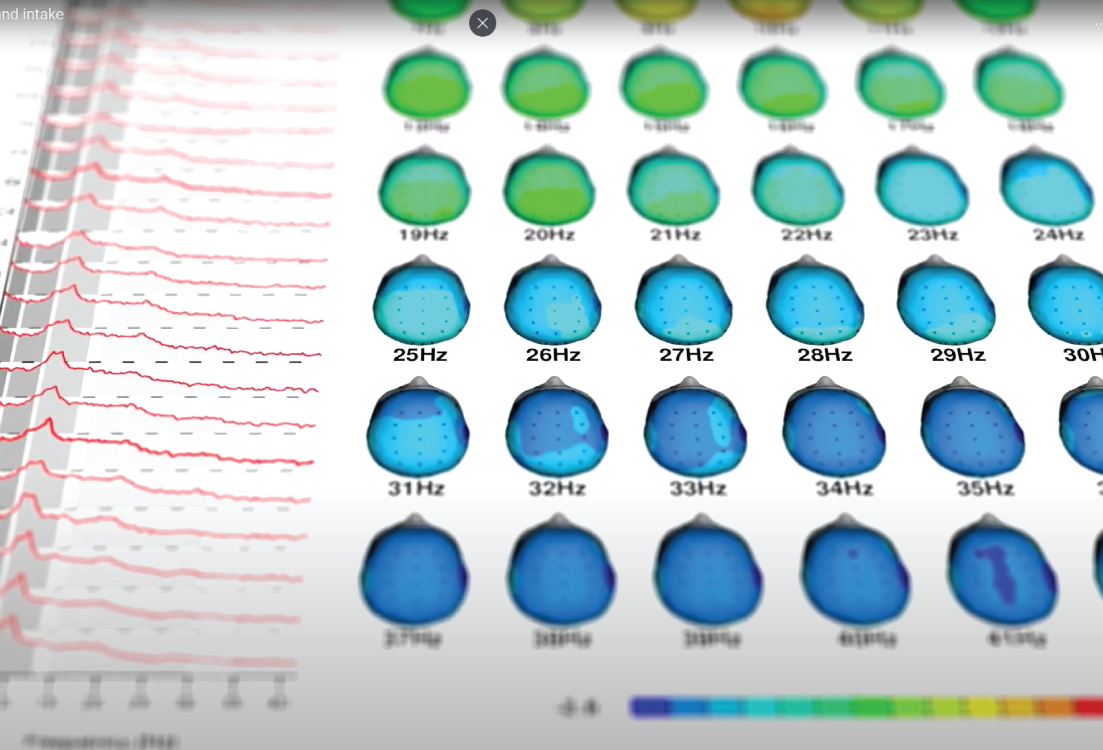Impact of EEG in Psychiatry with Nash Boutros
April 14, 2022 - neurocare group

How much can an abnormal EEG tell us about a person’s behaviour? This is the question neurocare’s Dr. Trevor Brown explored in an interview with Dr. Nash Boutros, a psychiatrist, neurologist and adjunct professor of psychiatry at RUSH University Medical Center.
As part of a new interview series, Dr. Trevor Brown connects with leading researchers worldwide to learn more about the current state of research and the future of digital therapeutics such as neurostimulation. This episode’s guest is Dr Nash Boutros, who has a a specific interest in understanding the connection between paroxysmal EEG results and certain psychiatric disorders. He draws on decades of experience in the area to explain how this can guide a clinician’s choice of treatment.
To learn more about the impact of EEG in psychiatry, watch the interview with Dr. Boutros and subscribe to the neurocare YouTube channel.
What Therapists Can Learn from EEG Abnormalities
Through his research, Boutros has found that abnormal EEG results impact both cognition and mental health. While the clinical EEG is an essential first step, to draw conclusions relating to psychiatric disorders, clinicians need to further process the EEG signal.
Paroxysmal activity within an EEG means that normal activity is disrupted by a sharp wave or a spike. The wave or spike can be epilepsy-like but does not necessarily cause a seizure.
Boutros explains how this paroxysmal activity reflects hyperexcitability of the cortex. “The activity may not be severe enough to cause a seizure, but even if it is weaker, it causes disturbance in the neurocircuit where it is located”, explains Boutros. “That is then reflected in behaviour”.
The potential applications reach far beyond the treatment of epilepsy alone.
Connecting EEG to Psychiatric Disorders
Boutros shows us that analysing EEG can be crucial in the treatment of depression. “When you see a patient that has not responded to cognitive-behaviour therapy, and you have tried one or two antidepressants without success, then the EEG can be useful”, he comments.
Paroxysmal EEG findings have been connected to several psychiatric disorders, including those on the autistic spectrum as well as panic attacks and dissociative episodes. Repeated aggression has also been connected to abnormal EEGs, especially if the aggression is unmotivated. Treatment-resistant ADHD and atypical or rapid-cycling bipolar disorder have also been linked.
When you see a patient that has not responded to cognitive-behaviour therapy, and you have tried one or two antidepressants without success, then the EEG can be useful
Dr Nash Boutros, Psychiatrist, neurologist and adjunct professor of psychiatry at RUSH University Medical Center
Take autism spectrum disorder (ASD) for example. Over the past decade, Boutros and other scientists reviewed the available literature and compared it to cases of ASD from their own clinical practice. They found that patients with paroxysmal EEG results were more likely to suffer adverse effects on their cognitive development and mental health. Add to that the fact that one in three children with autism will develop a seizure disorder by adolescence, and the scientists had a strong case for recommending EEG screening.
Implications for Treatment
The next question the scientists asked was whether patients with epileptic brain activity would respond positively to antiepileptic medication, even if they were not experiencing seizures.
For panic attacks and ASD, the researchers found that anti-epilepsy drugs could help their patients.
ADHD appears to be a more complex problem, according to existing studies. Whilst there is a strong connection between paroxysmal EEG findings and ADHD, most of the people diagnosed with the condition respond well to psycho-stimulant treatment. However, limited research shows that there may be a connection between stimulant therapy and the risk of children developing seizures.
EEG for Detection and Preparation
Dr Boutros believes that EEGs should be used more often: “The EEG is relatively cheap, it’s non-invasive, and it’s available everywhere – so, why not?”
EEG results can help clinicians make better, more targeted treatment choices. In addition, they are important for parents and other family members. Understanding that an autistic person with epilepsy-like brain activity is at a higher risk for seizure disorder may not help prevent those. But the knowledge allows parents and carers to look out for symptoms or any changes. The same is true for children affected by ADHD receiving stimulant therapy, and depression patients taking SSRIs. Understanding the EEG profile helps medical professionals and family members understand cognitive difficulties and can even assist medical professionals in their choice of medication. This is what the EEG can do.
About the series
neurocare brings the world of neuroscience into clinical practice. We educate professionals worldwide in the correct use of TMS, tDCS, Neurofeedback and other emerging techniques, and share the latest knowledge and updates as well as the history of these digital therapeutics. Neuroscientist Dr Trevor Brown, who features on neurocare’s Learning Management System, an online training platform, connects with leading researchers each month as part of a new interview series to discuss present and future clinical applications of neurostimulation techniques (e.g. TMS, tDCS) as well as exploring the use of EEG and Neurofeedback in clinical and research settings.





